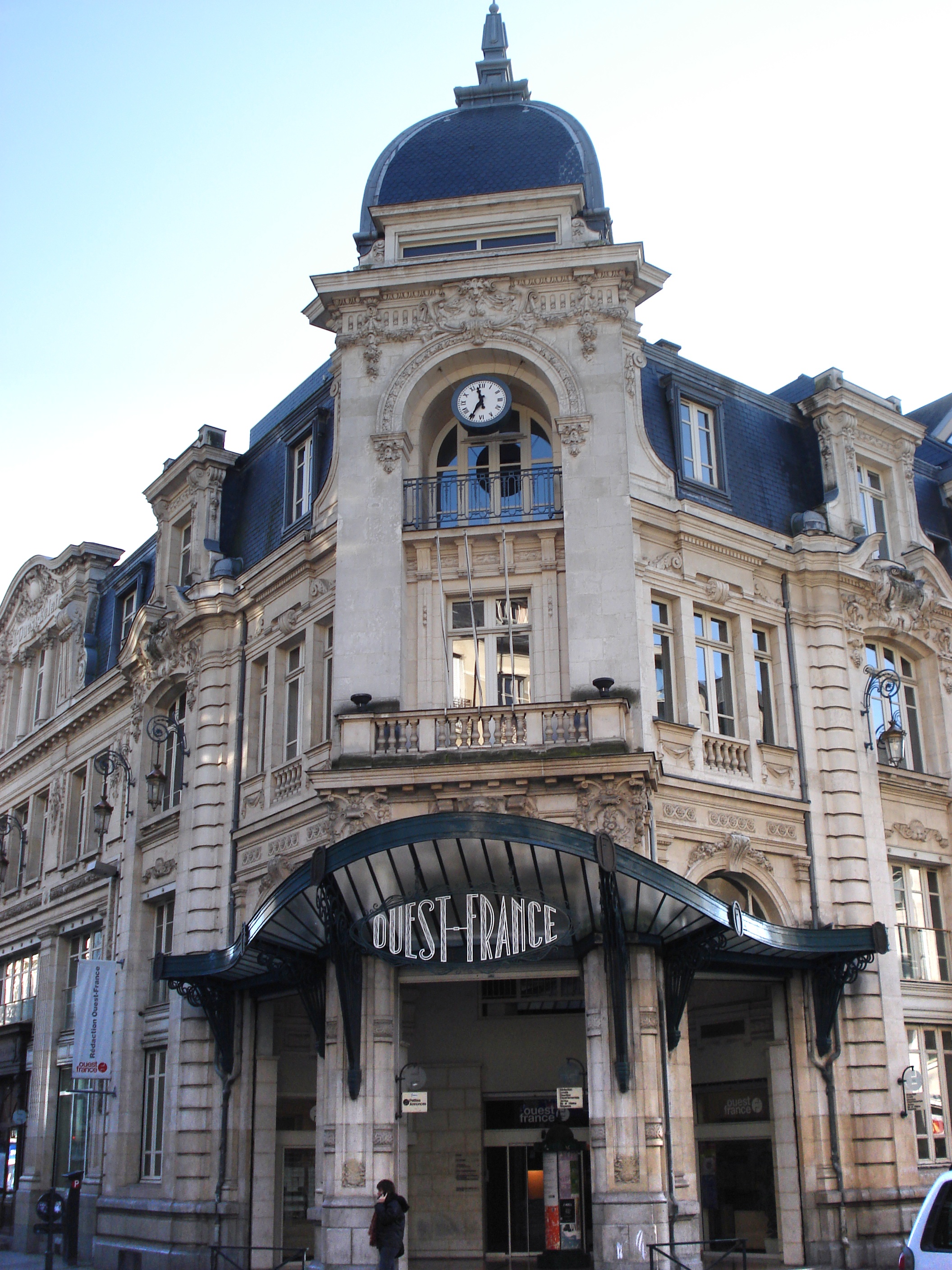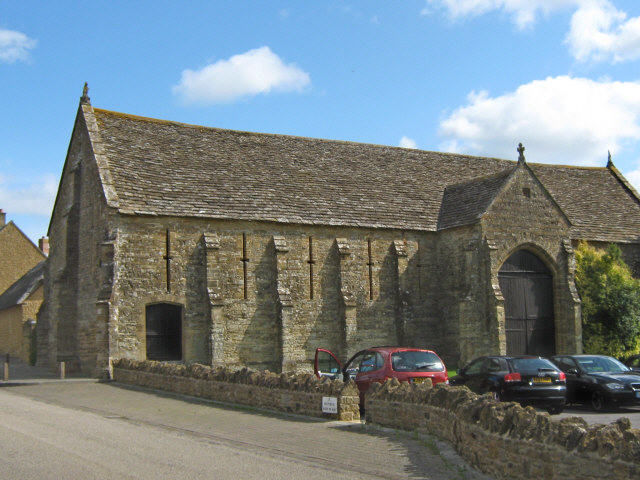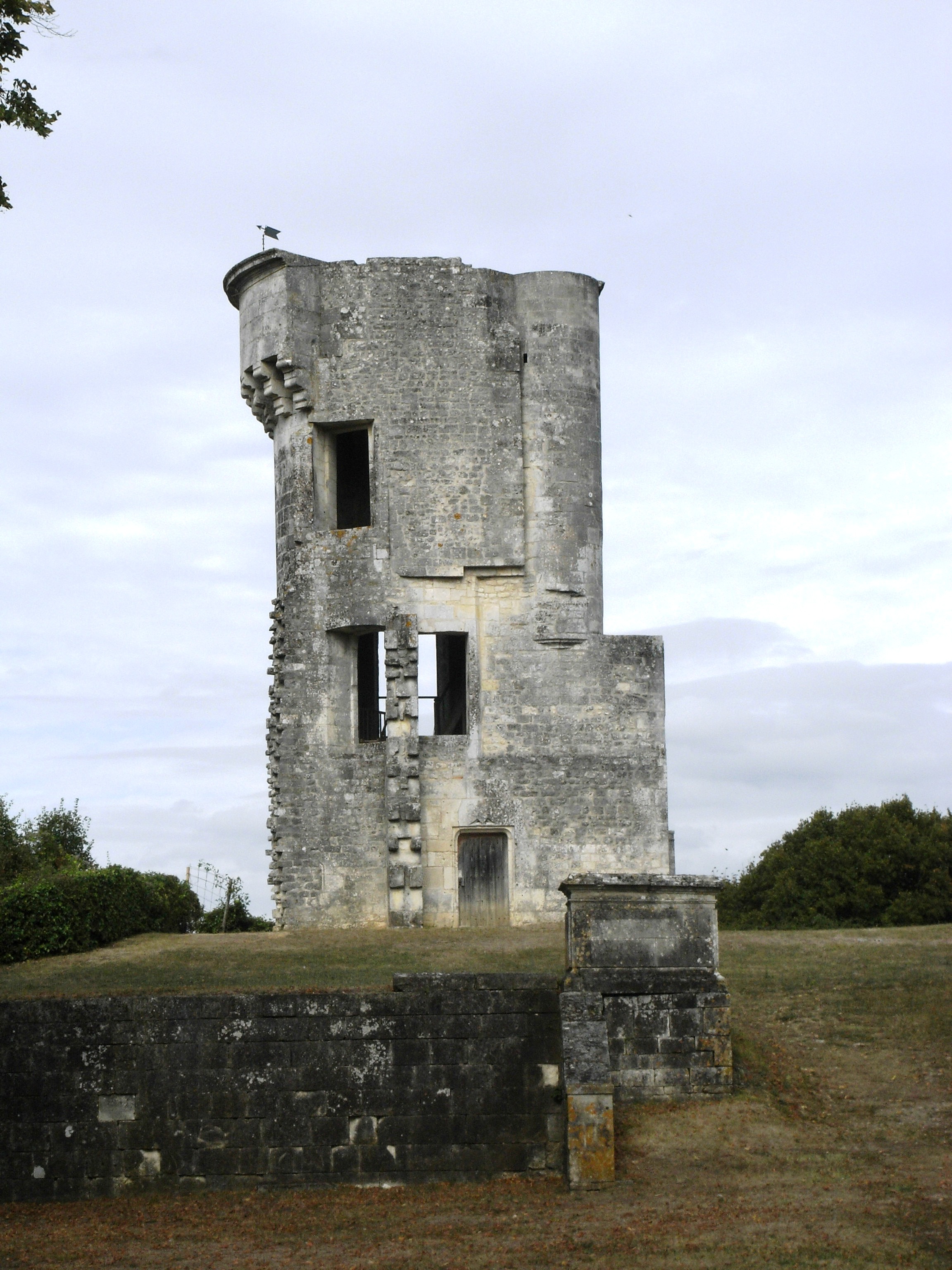|
Dalon Abbey
Dalon Abbey (; ; ) is a former Cistercian monastery in Sainte-Trie, Dordogne, southwestern France. It is listed as a Monuments historiques, Historic Monument. History Dalon Abbey was founded in 1114 by Gerald of Salles (or Salis) under the Rule of Saint Benedict thanks to donations by Gerald of Lastours and his brother Gouffier of Lastours, Gouffier, who attended the abbey's foundation day alongside Eustorge, the Bishop of Limoges, and several local lords. The successor of Gerald of Salles, the hermit Roger, developed the abbey and established several monasteries and priories (Aubignac Abbey, Aubignac, Bœuil Abbey, Bœuil, Loc-Dieu Abbey, Loc-Dieu, the Palais Notre-Dame, Prébenoît Abbey, Prébenoît), thereby forming the Order of Dalon. In 1142, Dalon was not a Cistercian community, but several other abbeys had already adopted the Cistercian Rule. On that year, Stephen of Obazine, abbot of Obazine Abbey, Obazine, followed the advice of Aymeric, bishop of Clermont, and requeste ... [...More Info...] [...Related Items...] OR: [Wikipedia] [Google] [Baidu] |
Benedictines
The Benedictines, officially the Order of Saint Benedict (, abbreviated as O.S.B. or OSB), are a mainly Christian mysticism, contemplative Christian monasticism, monastic Religious order (Catholic), order of the Catholic Church for men and for women who follow the Rule of Saint Benedict. Initiated in 529, they are the oldest of all the religious orders in the Latin Church. The male religious are also sometimes called the Black Monks, especially in English speaking countries, after the colour of their religious habit, habits, although some, like the Olivetans, wear white. They were founded by Benedict of Nursia, a 6th-century Italian monk who laid the foundations of Benedictine monasticism through the formulation of his Rule. Benedict's sister, Scholastica, possibly his twin, also became a religious from an early age, but chose to live as a hermit. They retained a close relationship until her death. Despite being called an order, the Benedictines do not operate under a single ... [...More Info...] [...Related Items...] OR: [Wikipedia] [Google] [Baidu] |
Stephen Of Obazine
Stephen of Obazine also known as Stephen of Vielzot (; (1085 1159), was a French priest and hermit, famed for his pious nature, even from a young age. He is commemorated on 8 March. Religious life Stephen was born in Vielzot, a village in Bassignac-le-Haut. According to local tradition, famine was great in the country, the poor went from one door to another. Young Stephen, who was from a fairly good home, suffered to see so much misery outside. One day, when he was left alone, he emptied the bread bin completely in alms, and when the family returned, they were furious, but the future monk smiled calmly as he took them back to the bin and showed them more dough than had been distributed. He began his religious life in a community of clerics at Pleaux, where he became a priest and gained the reputation of holiness, especially when it came to the recitation of the divine office, only interrupting these if something of grave necessity arose. He was also known for his love for all ... [...More Info...] [...Related Items...] OR: [Wikipedia] [Google] [Baidu] |
Chapter House
A chapter house or chapterhouse is a building or room that is part of a cathedral, monastery or collegiate church in which meetings are held. When attached to a cathedral, the cathedral chapter meets there. In monasteries, the whole community often met there daily for readings and to hear the abbot or senior monks talk. When attached to a collegiate church, the dean (religion), dean, prebendary, prebendaries and canon (priest), canons of the college meet there. The rooms may also be used for other meetings of various sorts; in medieval times monarchs on tour in their territory would often take them over for their meetings and audiences. Synods, ecclesiastical courts and similar meetings often took place in chapter houses. Design When part of a monastery, the chapter house is generally located on the eastern wing of the cloister, which is next to the church. Since many cathedrals in England were originally monastic foundations, this is a common arrangement there also. Else ... [...More Info...] [...Related Items...] OR: [Wikipedia] [Google] [Baidu] |
Ouest-France
''Ouest-France'' ( ; French for "West-France") is a daily French newspaper known for its emphasis on both local and national news. The paper is produced in 47 different editions covering events in different French départements within the régions of Brittany, Lower Normandy and Pays de la Loire. Its readership has been unaffected by the decline of newspaper reading in France, unlike most other dailies. With 2.5 million daily readers (and a circulation of almost 800 000 units), it is by far the most read francophone newspaper in the world, ahead of French national newspapers ''Le Figaro'' and ''Le Monde''. History ''Ouest-France'' was founded in 1944 by Adolphe Le Goaziou and others following the closure of '' Ouest-Éclair'', which was banned by Liberation forces for collaborationism during the war.Jean-Loup Avril, ''Mille Bretons, dictionnaire biographique'', Les Portes du Large, Saint-Jacques-de-la-Lande, 2003, () It is based in Rennes and Nantes and has a circulation ab ... [...More Info...] [...Related Items...] OR: [Wikipedia] [Google] [Baidu] |
Quercy
Quercy (; , locally ) is a former province of France located in the country's southwest, bounded on the north by Limousin, on the west by Périgord and Agenais, on the south by Gascony and Languedoc, and on the east by Rouergue and Auvergne. Description Quercy comprised the present-day department of Lot, the northern half of the department of Tarn-et-Garonne, and a few communities in the departments of Dordogne, Corrèze, and Aveyron. The traditional capital of Quercy is Cahors, now the prefecture of Lot. The largest town of Quercy is Montauban, prefecture of Tarn-et-Garonne. However, Montauban lies at the traditional border between Quercy and Languedoc, in an area very different from the rest of Quercy, and it is closer historically and culturally to Toulouse and the rest of Languedoc, therefore it should be considered a special case, not totally part of Quercy. Also distinct from the rest of the region is the region known as , lying between Cahors and the southern b ... [...More Info...] [...Related Items...] OR: [Wikipedia] [Google] [Baidu] |
Puybrun
Puybrun (; ) is a commune in the Lot department in south-western France. Toponymy The toponym Puybrun (in Occitan ''Pègbrun'') is found in the form ''Bastida de Podio bruni'' which is formed from Puy which is a francization of the Occitan ''pèg'', ''pech'' from the Latin ''podium'' with the meaning of place located on a height and brown because of the colour given by the iron ore. History In 1282, a bastide was founded at Puybrun by Philipe de Hardi and William IV, a cistercian abbot of Dalon in the Perigord. A ''paréage'' had been created between the two in 1279. The bastide was not granted the right to build walls and ditches. The bastide would be attacked during the Hundred Years' War between the English and French and again during the French Wars of Religion in 1562 and again 1585. Local culture and heritage Places and monuments * Église Saint-Blaise de Puybrun. Built in 1300s but rebuilt in between 1600 and 1620 as it was severely damaged during the Religious Wars. ... [...More Info...] [...Related Items...] OR: [Wikipedia] [Google] [Baidu] |
Bastide
Bastides are fortified new towns built in medieval Languedoc, Gascony, Aquitaine, England and Wales during the 13th and 14th centuries, although some authorities count Mont-de-Marsan and Montauban, which was founded in 1144, as the first bastides.:fr:Bastide (ville), Bastide in the French Wikipedia, retrieved March 8, 2007. Some of the first bastides were built under Raymond VII of Toulouse to replace villages destroyed in the Albigensian Crusade. He encouraged the construction of others to colonize the wilderness, especially of southwest France. Almost 700 bastides were built between 1222 (Cordes-sur-Ciel, Tarn) and 1372 (La Bastide d'Anjou, Tarn). History were developed in number under the terms of the Treaty of Paris (1229), which permitted Raymond VII of Toulouse to build new towns in his shattered domains but not to fortify them. When the Capetian Alphonse of Poitiers inherited, under a marriage stipulated by the treaty, this " founder of unparalleled energy" consolidated h ... [...More Info...] [...Related Items...] OR: [Wikipedia] [Google] [Baidu] |
Milhac-de-Nontron
Milhac-de-Nontron (, literally ''Milhac of Nontron''; ) is a commune in the Dordogne department in Nouvelle-Aquitaine in southwestern France. Population See also *Communes of the Dordogne department The following is a list of the 503 communes of the Dordogne department of France France, officially the French Republic, is a country located primarily in Western Europe. Overseas France, Its overseas regions and territories include Fren ... References Communes of Dordogne {{Nontron-geo-stub ... [...More Info...] [...Related Items...] OR: [Wikipedia] [Google] [Baidu] |
Périgord
Périgord ( , ; ; or ) is a natural region and former province of France, which corresponds roughly to the current Dordogne department, now forming the northern part of the administrative region of Nouvelle-Aquitaine. It is divided into four areas called the Périgord Noir (Black), named so for the truffles that can be found there, the Périgord Blanc (White), for chalk cliffs and quarries, the Périgord Vert (Green), for forests and forestry and the Périgord Pourpre (Purple), for wine and viticulture. The geography and natural resources of Périgord make it a region rich in history and wildlife, and the newly created Parc Naturel Régional Périgord-Limousin aims to conserve it as such. Périgord is noted for its cuisine, especially its duck and goose products, such as '' confit de canard'' and ''foie gras''. It is known as a centre for truffles in France. Périgourdine wines include Bergerac (red and white) and Monbazillac. History There are Roman ruins in Périg ... [...More Info...] [...Related Items...] OR: [Wikipedia] [Google] [Baidu] |
Monastic Grange
Monastic granges were outlying landholdings held by Monastery, monasteries independent of the Manorialism, manorial system. The first granges were owned by the Cistercians, and other orders followed. Wealthy monastic houses had many granges, most of which were largely agricultural providing food for the monastic community. A grange might be established adjacent to the monastery, but others were established wherever it held lands, some at a considerable distance. Some granges were worked by lay-brothers belonging to the order, others by paid labourers. Granges could be of six known types: agrarian; sheep runs; cattle ranges and holdings; horse studs; fisheries; industrial complexes. Industrial granges were significant in the development of medieval industries, particularly iron working. Description Granges were landed estates used for food production, centred on a farm and out-buildings and possibly a mill or a tithe barn. The word ''grange'' comes through French from Latin , ... [...More Info...] [...Related Items...] OR: [Wikipedia] [Google] [Baidu] |
Bertran De Born
Bertran de Born (; 1140s – by 1215) was a baron from the Limousin in France, and one of the major Occitan troubadours of the 12th-13th century. He composed love songs (cansos) but was better known for his political songs (sirventes). He was involved in revolts against Richard I and then Phillip II. He married twice and had five children. In his final years, he became a monk. Early life Bertran de Born was the eldest son of Bertran de Born, lord of Hautefort ( Occitan: ''Autafòrt''), and his wife Ermengardis. He had two younger brothers, Constantine and Itier. His father died in 1178, and Bertran succeeded him as lord of Hautefort. By this time, he was already married to his first wife, Raimonda, and had two sons. Hautefort lies at the border between the Limousin and Périgord. As a result, Bertran became involved in the conflicts of the sons of Henry II Plantagenet. He was also fighting for control of Hautefort. According to the feudal custom of his region, he w ... [...More Info...] [...Related Items...] OR: [Wikipedia] [Google] [Baidu] |
Richard I Of England
Richard I (8 September 1157 – 6 April 1199), known as Richard the Lionheart or Richard Cœur de Lion () because of his reputation as a great military leader and warrior, was King of England from 1189 until his death in 1199. He also ruled as Duke of Normandy, Duke of Aquitaine, Aquitaine, and Duchy of Gascony, Gascony; Lord of Cyprus in the Middle Ages, Cyprus; Count of Poitiers, Counts and dukes of Anjou, Anjou, Count of Maine, Maine, and Count of Nantes, Nantes; and was overlord of Brittany at various times during the same period. He was the third of five sons of Henry II of England and Eleanor of Aquitaine and was therefore not expected to become king, but his two elder brothers predeceased their father. By the age of 16, Richard had taken command of his own army, putting down rebellions in Poitou against his father. Richard was an important Christian commander during the Third Crusade, leading the campaign after the departure of Philip II of France and achieving sev ... [...More Info...] [...Related Items...] OR: [Wikipedia] [Google] [Baidu] |




